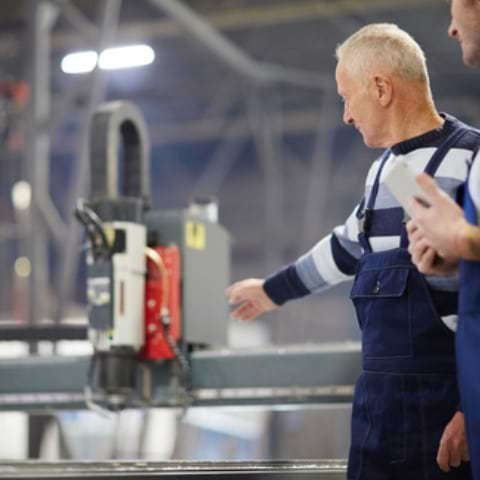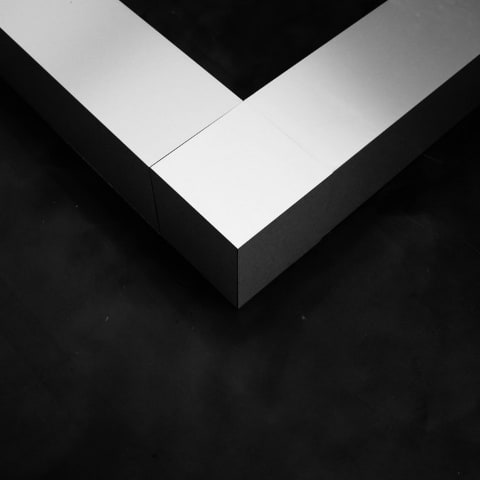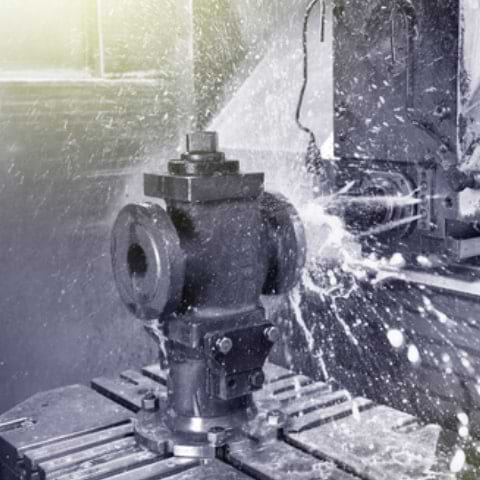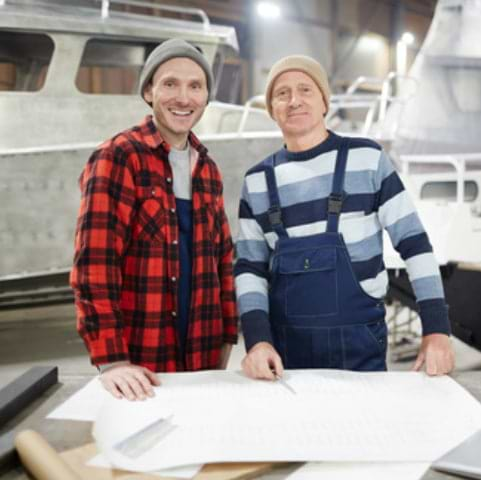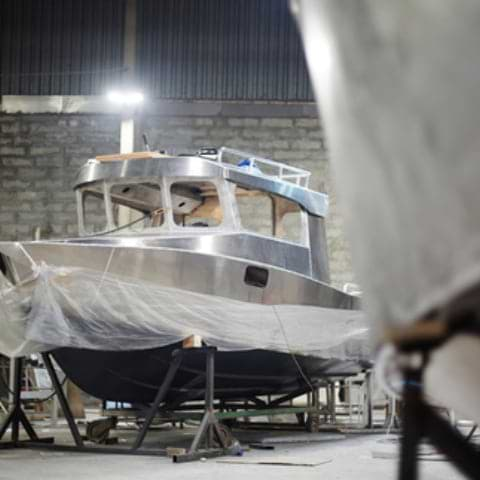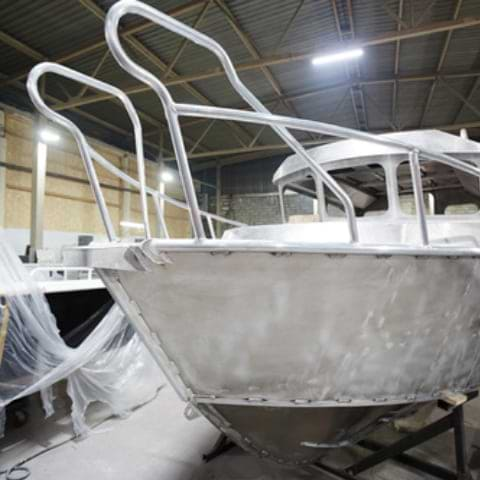
Anodizing is a surface treatment of metals that consists in electrolytically creating an oxide layer. Anodizing is used for aluminum and its alloys, but in some cases it can also be used for certain types of steel, titanium and magnesium alloys. Anodizing is a multi-stage process aimed at transforming the surface and subsurface layers of aluminum into a columnar structure of aluminum oxide. Then the porous structure can be sealed with appropriate chemicals that will give it new properties. The purpose of anodizing is to protect metal surfaces, such as cleats or table bases, against corrosion. In addition, anodizing creates an insulating layer on the aluminum foil, which is later used in the production of capacitors. It is also worth adding that anodizing can be used for decorative purposes.
Aluminum anodizing is a process in which the first step is to clean and degrease the metal layer. Then you can proceed to the actual anodizing stage. In this case, the function of the electrolyte is performed by a sulfuric acid solution. During anodization, direct current with a voltage of max. 20 V. The formed oxide layer is practically imperceptible, and its structure is porous and uneven, which facilitates convenient surface coloring.
Anodizing, like other machining processes, is used to improve both the appearance and parameters of the material. One of the greatest advantages of anodizing is its increased corrosion resistance. As a result, the material has much better durability and strength. In addition, the advantages of anodizing aluminum include:
improvement of sanitary values - reduction of adhesion of pollutants,
smoothing the aluminum surface – anodizing gives it an aesthetic appearance,
improvement of the durability of the metal surface – resistance to scratching and mechanical damage,
obtaining an anode layer that is non-conductive,
enriching the material with features that allow it to come into contact with food.
The metal most often subjected to the anodizing process is aluminum. Due to its properties, it is widespread in many different industries. It is a very versatile material that is distinguished by durability, lightness and plasticity. Aluminum anodizing makes the products subjected to this process applicable, among others in the food, medical, automotive, electronics, shipbuilding, aeronautical and furniture industries. It is also worth adding that anodized elements do not require any special maintenance. Their surface is characterized by a durable gloss and smoothness.
First of all, anodizing guarantees much better durability and abrasion resistance compared to powder coating. Moreover, both the one-time cost of coating and renewing the layer is lower for anodizing. It is also very important that anodizing is in no way toxic or harmful to the environment, and powder coating can have a negative impact on both health and the environment. Anodizing also guarantees much better color stability as well as chemical stability and provides resistance to scratching and moisture. It also guarantees the integrity of the coating. Moreover, anodizing in the case of aluminum provides a temperature resistance of up to approximately 660 ° C. It also shows great resistance to solar radiation. It is also worth adding that the coating thickness in the case of anodizing is about 0.02 mm, i.e. 20 u, and for powder coating it is from 60 to 120 u.


